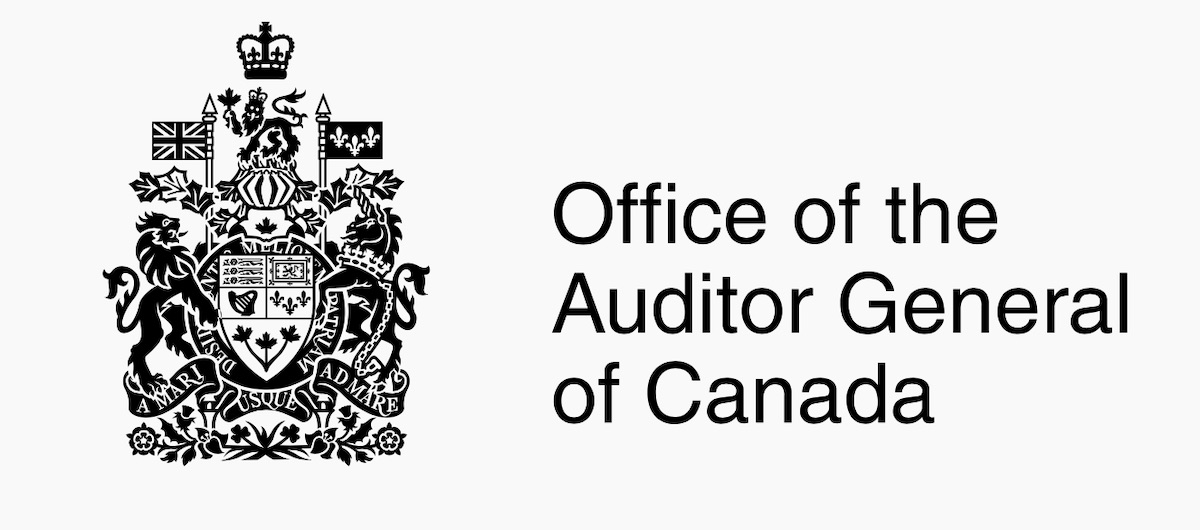The Office of the Auditor General of Canada tabled a report in Parliament today, which reveals that “National Defence often did not deliver on time the materiel the Canadian Armed Forces requested, and that it did not have the right controls in place to determine whether it avoided needless transportation costs. On average, materiel such as uniforms, rations, and parts, was delivered late half of the time.”
In auditing the National Defence’s supply chain for the CAF, it found that materiel is not often stocked when and where required. As such, rerouting and additional approvals and steps had to be carried out to fulfill requests resulting in over 50 per cent of delayed requests being at least 15 days late, and 25 per cent were at least 40 days late.
Another finding was that there were many instances where minimum stock levels in the military’s system were set at zero. It was not confirmed whether this was by accident or by design.
Minister of National Defence, Harjit S. Sajjan issued a statement on the report:
“I welcome the Auditor General’s report on supplying the Canadian Armed Forces and accept all of the recommendations. We know strong supply chain management provides the necessary backbone for effective operations, which is why we have developed a holistic supply management approach that not only responds to the Auditor General’s report, but also modernizes our system and supports various Strong, Secure, Engaged initiatives.
Whether responding to emergencies at home or participating in dozens of ongoing missions in countries abroad, the Canadian Armed Forces continue to demonstrate the readiness, resilience, and resourcefulness required to succeed under demanding circumstances. It is also imperative that we, at the Department of National Defence, ensure that each and every member has the equipment they need to do their important work.
Our supply chain is flexible and able to meet emergency demand, as proven these past few months when the Defence team’s extensive experience helped supply the government’s emergency procurement needs related to the COVID-19 response, and ensure our members are ready should there be a second wave.
Already, we have made considerable improvements to how we manage our assets. We have made improvements to stocktaking, the reporting of inventory costs, and the oversight of supply work. We are also advancing a number of new management projects, such as procuring standardized barcoding technology and new electronic system capabilities, to further improve our performance.
It is important to note that the steps we are taking today are not final actions regarding the way we order, store and distribute equipment for the Canadian Armed Forces. As we move forward, we will enhance our data analytics capabilities and rely on real data to ensure we have the right supply chain approach for our ever-evolving requirements, and to help us better anticipate future needs.
These steps will make sure that we have the right equipment, in the right quantities, at the right places to meet the challenges we ask our members to face now and in the future.”
The 2020 Spring Reports of the Auditor General of Canada—Report 3—Supplying the Canadian Armed Forces—National Defence is available on the Office of the Auditor General of Canada website.

